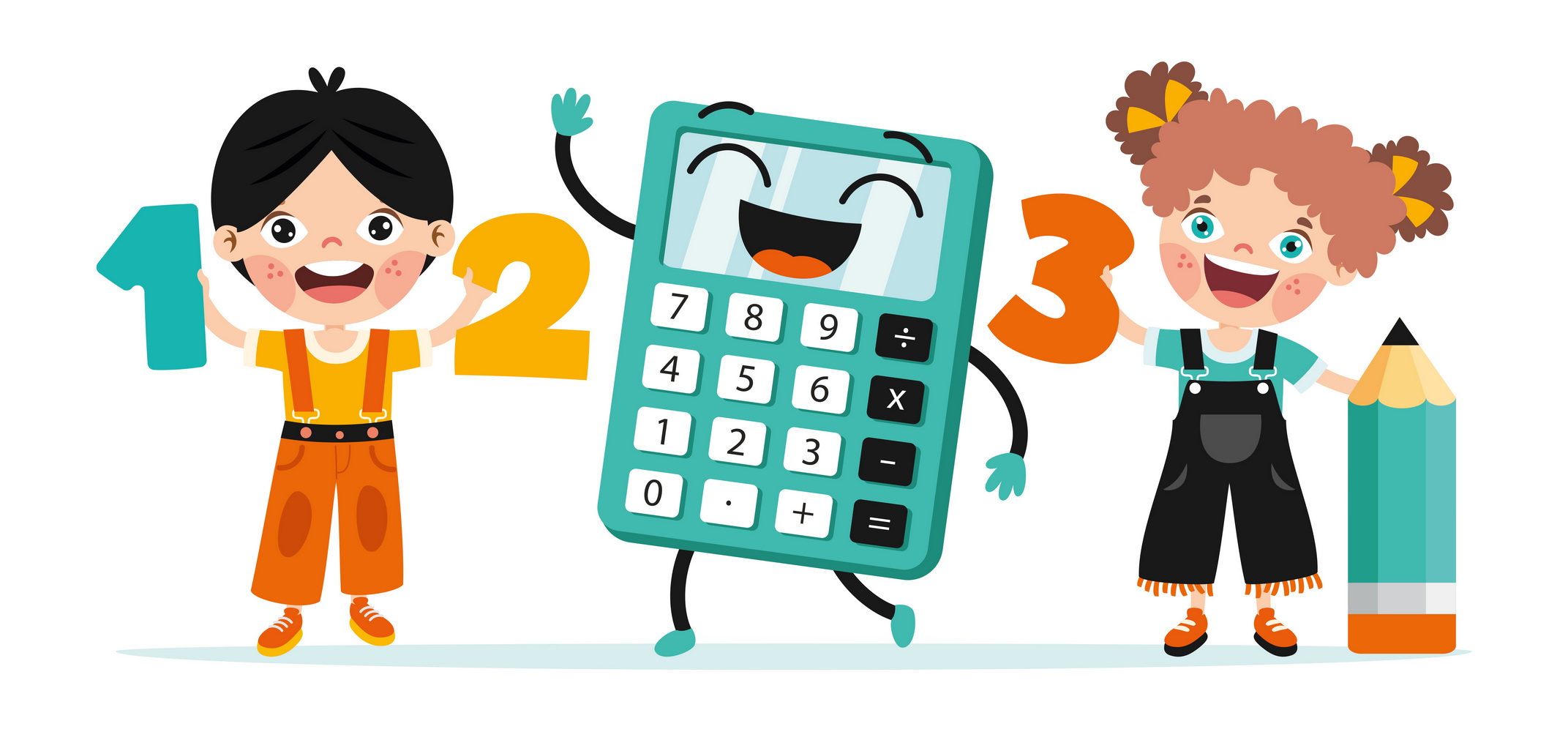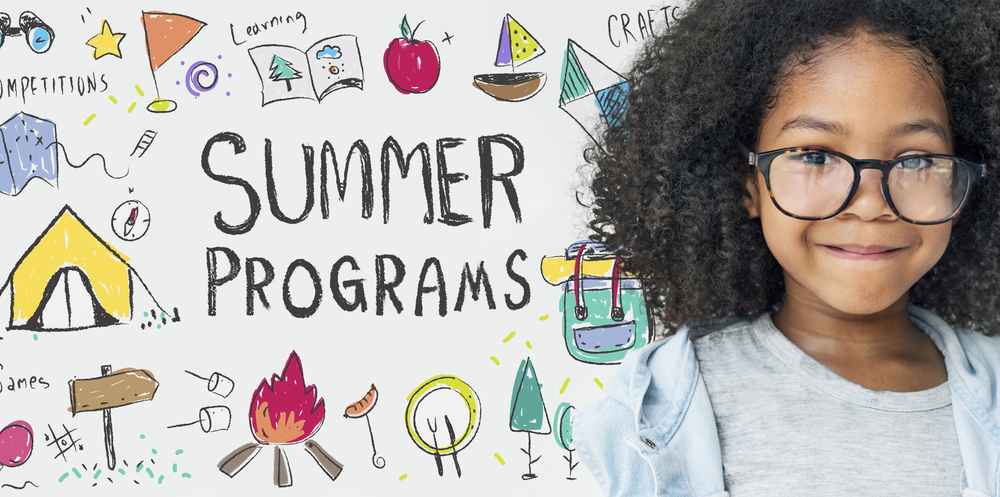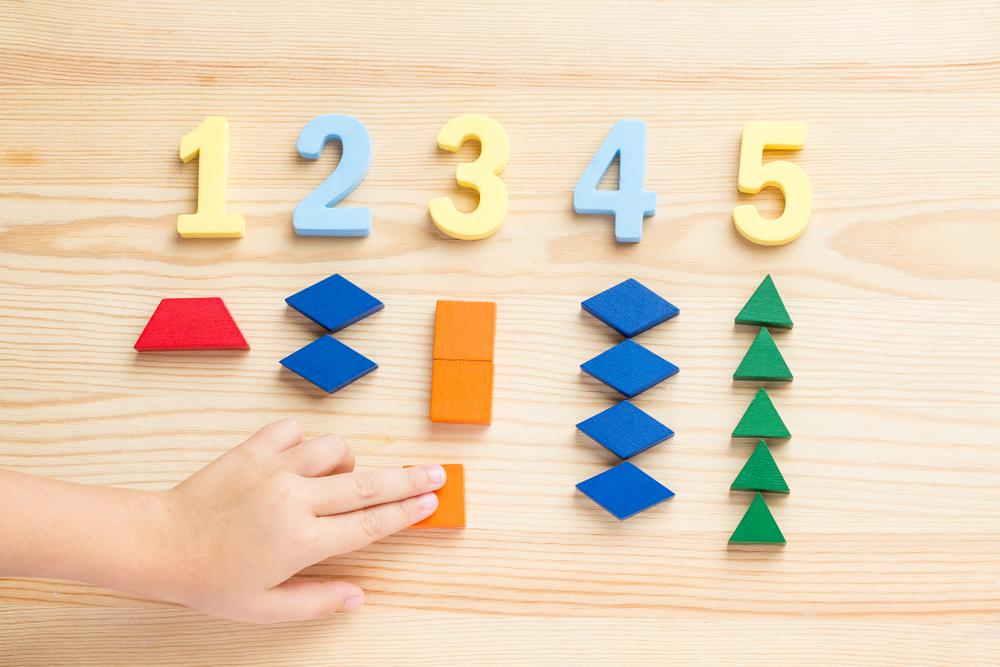Visual Learning Word Problems Worksheets for 4-Year-Olds
5 filtered results
-
From - To
Discover our engaging Visual Learning Word Problems Worksheets designed specifically for 4-year-olds! These worksheets combine captivating visuals with simple math challenges, helping young learners develop essential problem-solving skills in a fun and interactive way. Each worksheet features colorful illustrations that encourage kids to interpret and solve real-life scenarios, enhancing their understanding of numbers and concepts. Tailored to support early childhood education, our worksheets promote critical thinking, boost confidence, and foster a love for learning. Perfect for parents and teachers alike, these resources create a playful yet educational environment for young minds to thrive. Explore the joy of math today!
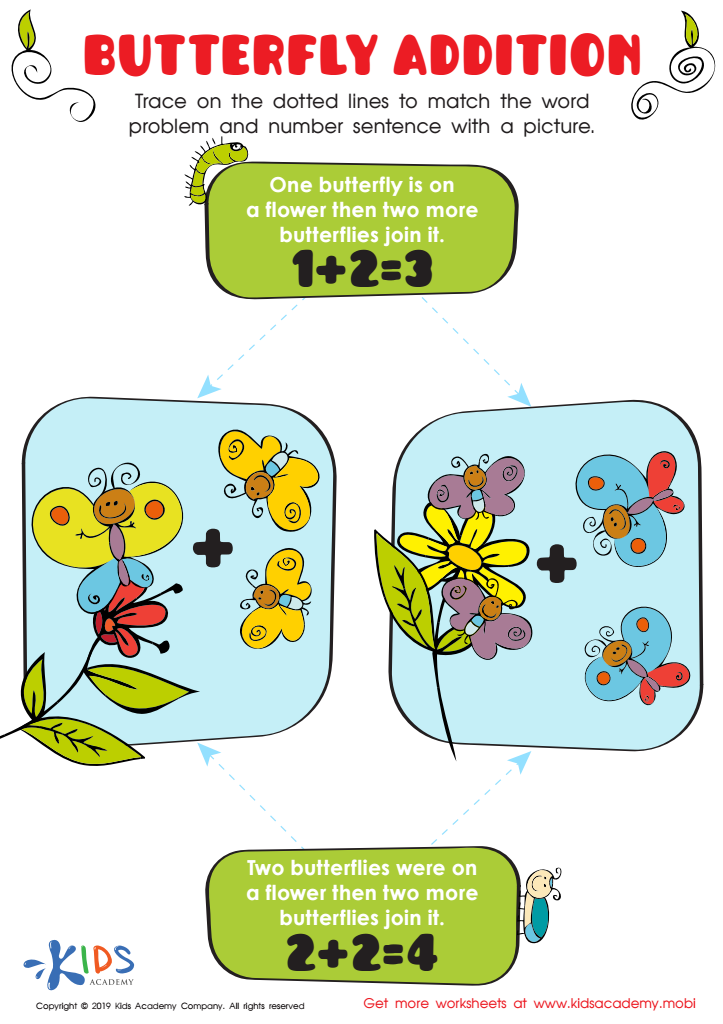

Butterfly Addition Worksheet


Subtracting Socks Worksheet
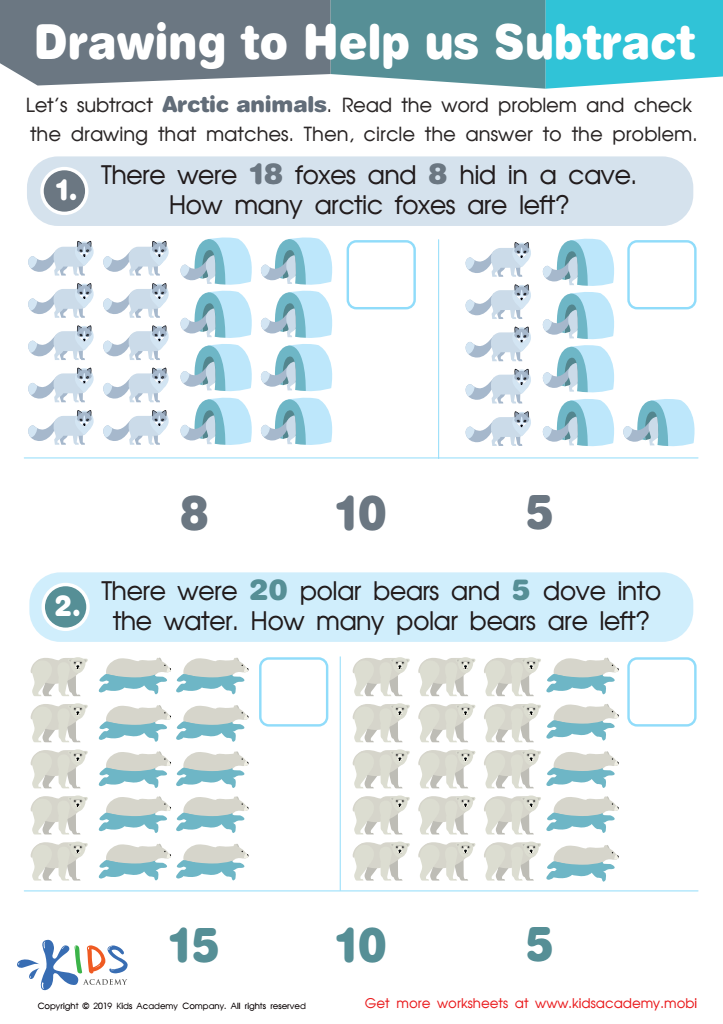

Drawing to Help Us Subtract Worksheet
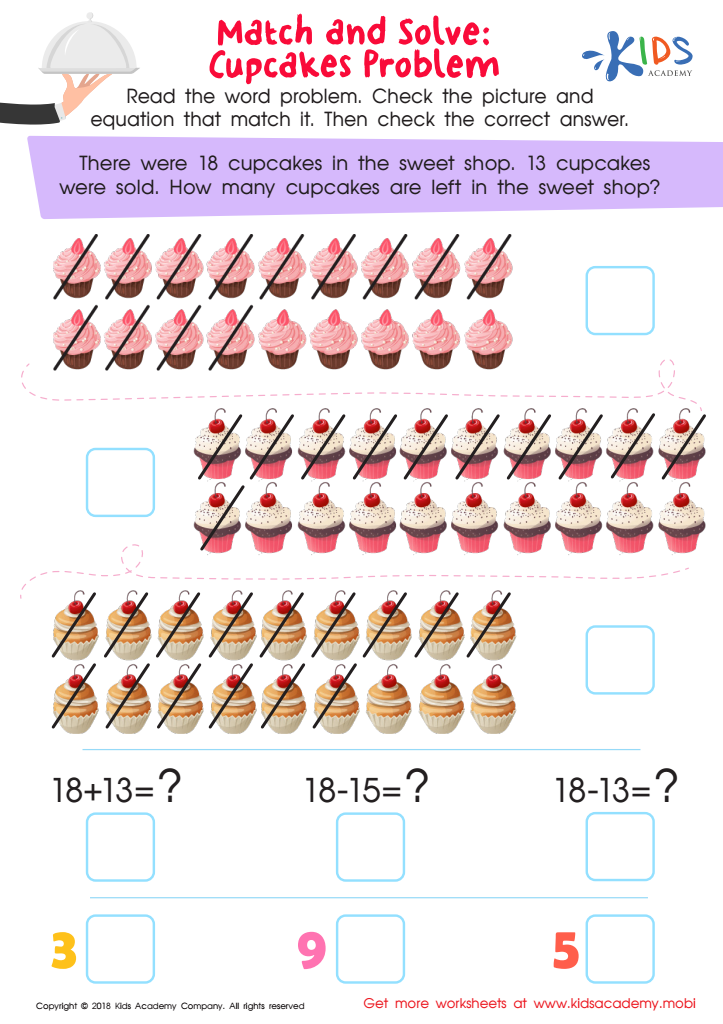

Match and Solve: Cupcakes Problem Worksheet


Addition at the Zoo Worksheet
Visual learning word problems for 4-year-olds are crucial as they tap into children's natural curiosity and enhance their cognitive development. At this age, children learn best through engaging, hands-on experiences. Visual word problems combine imagery with reasoning, aiding comprehension and retention—a significant advantage in early math education.
Employing visuals in word problems helps children make connections between the abstract concepts of mathematics and real-world scenarios. For example, using pictures of fruits to illustrate addition promotes understanding through relatable contexts. This method also caters to diverse learning styles, accommodating visual and kinesthetic learners.
Additionally, visual problems can strengthen critical thinking and problem-solving skills, encouraging children to think analytically. Such experiences foster a love for learning and build confidence in their mathematical abilities early on.
Moreover, caregivers and educators play a vital role in creating a supportive environment by encouraging dialogue about these problems. This fosters linguistic skills alongside mathematical understanding. By prioritizing visual learning word problems, parents and teachers lay the foundation for future academic success, ensuring that children not only learn math but also develop essential life skills. Encouraging curiosity and problem-solving at this young age ultimately cultivates lifelong learners.
 Assign to My Students
Assign to My Students



.jpg)
